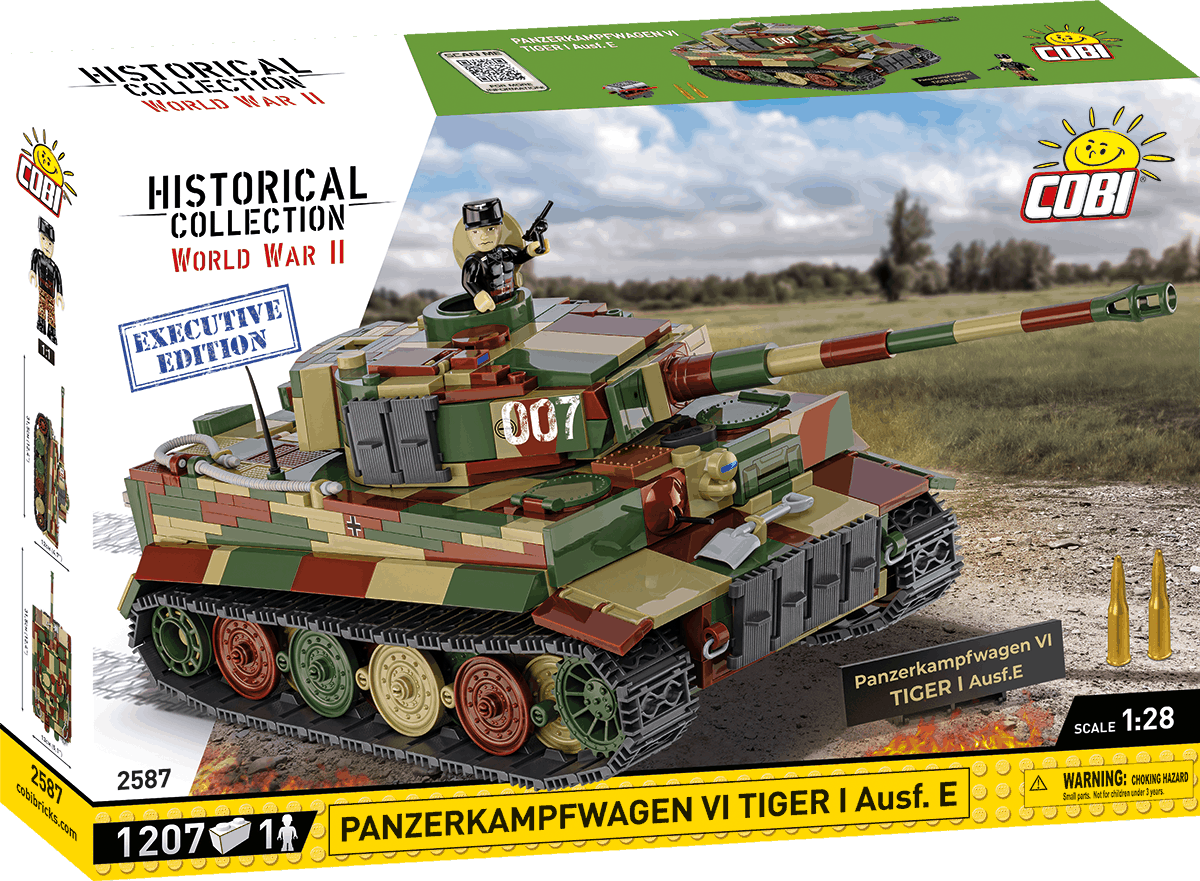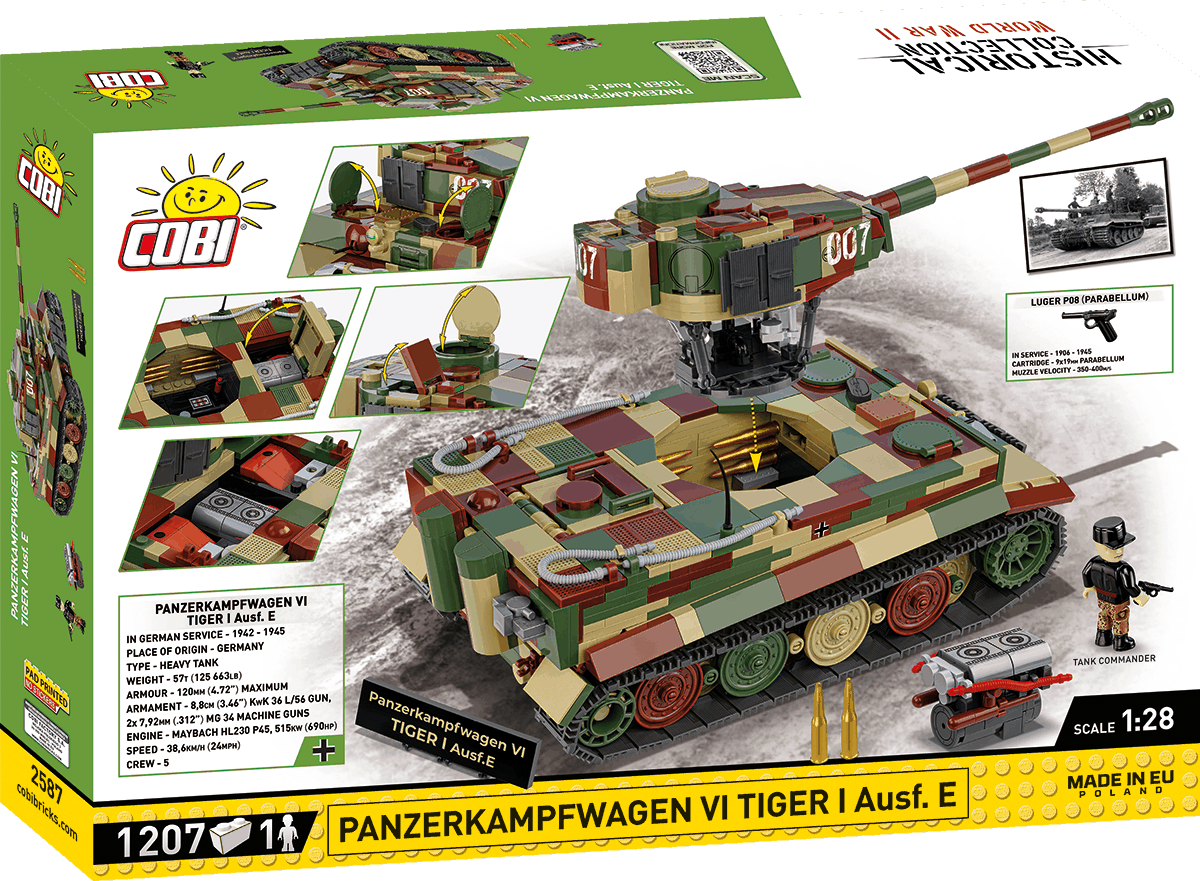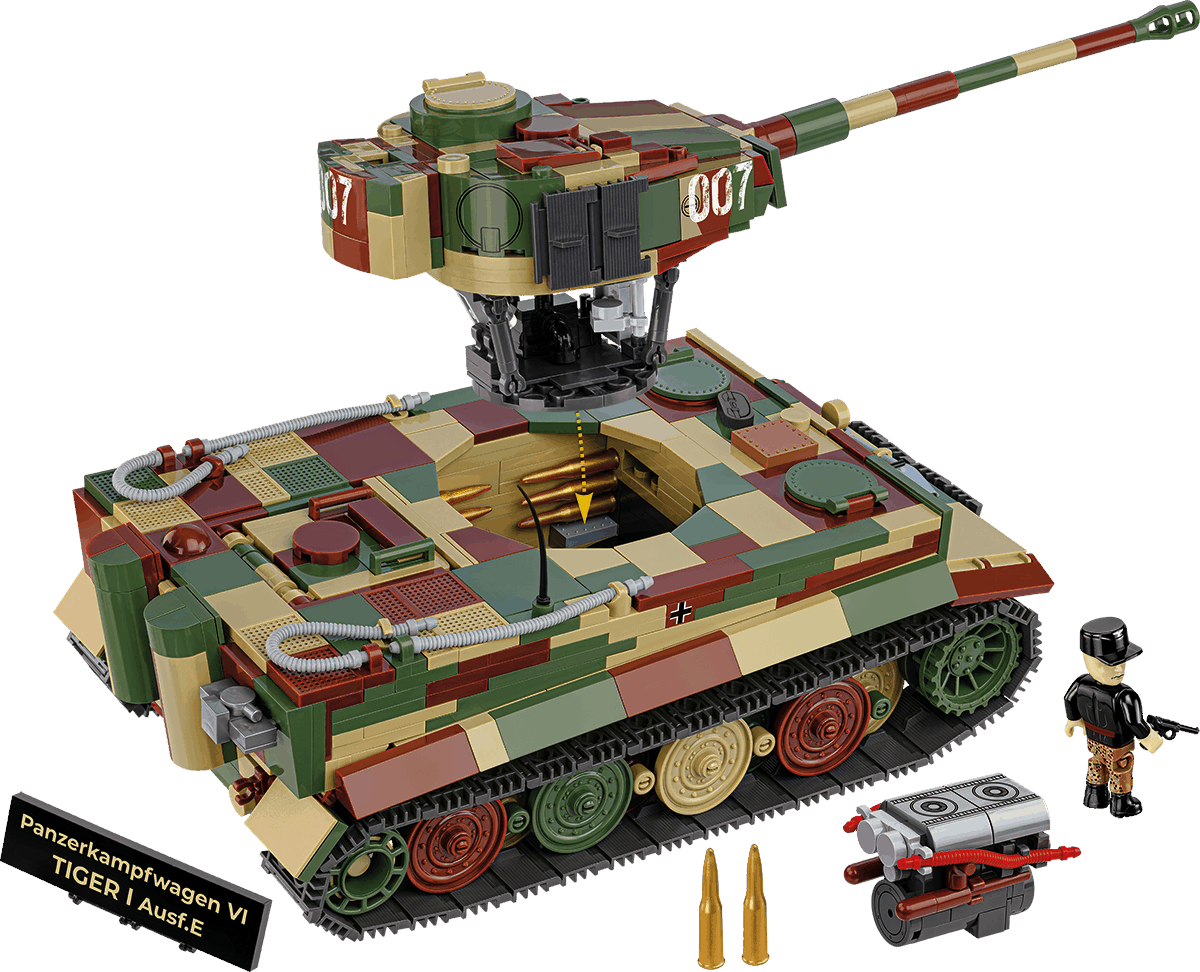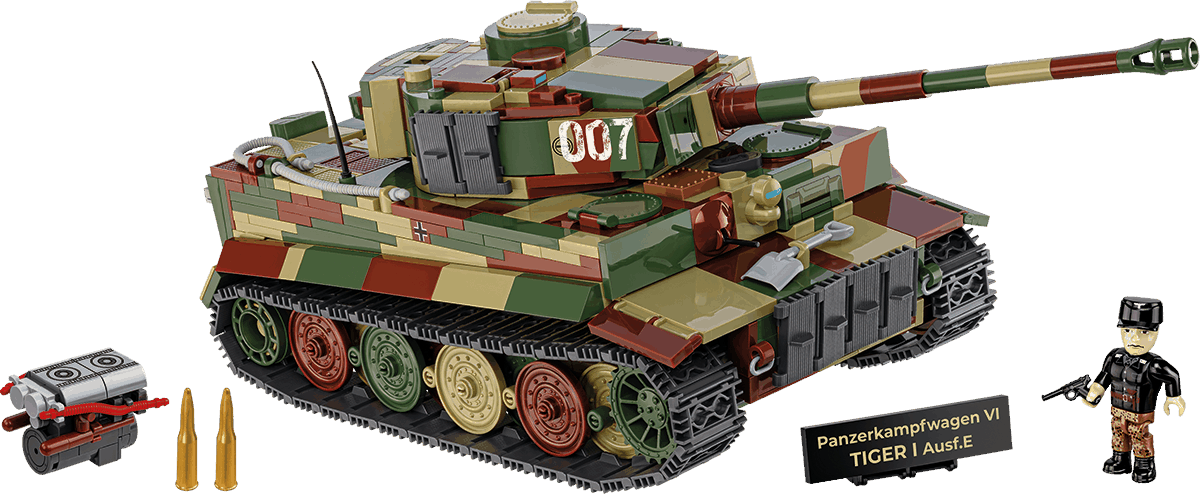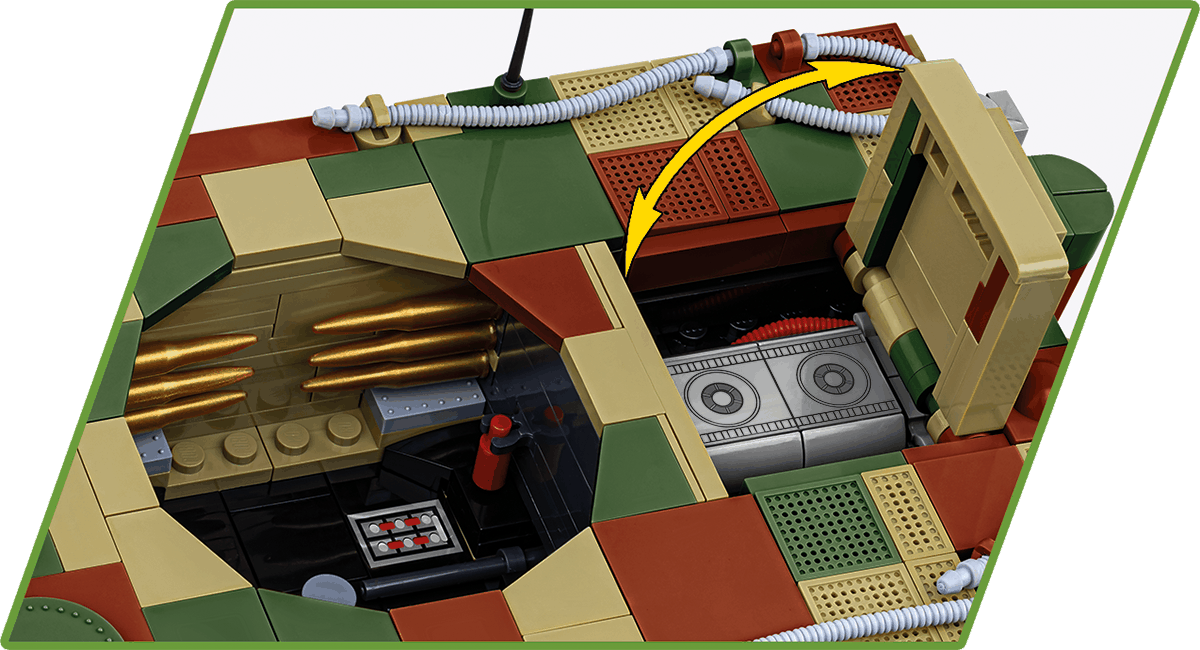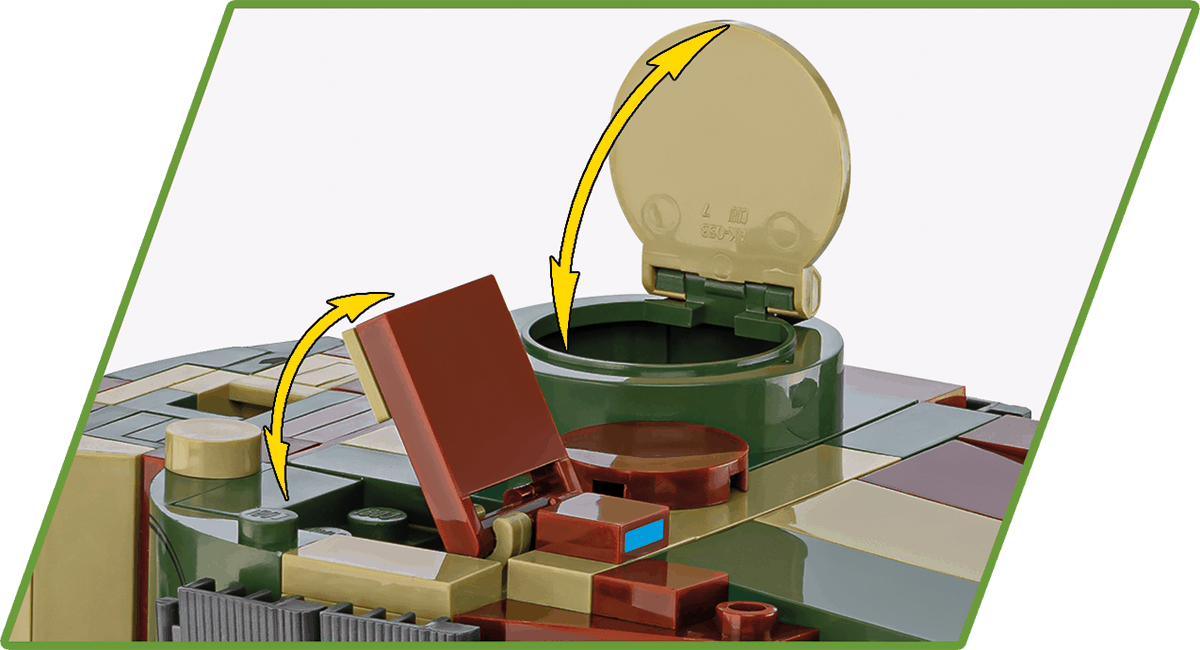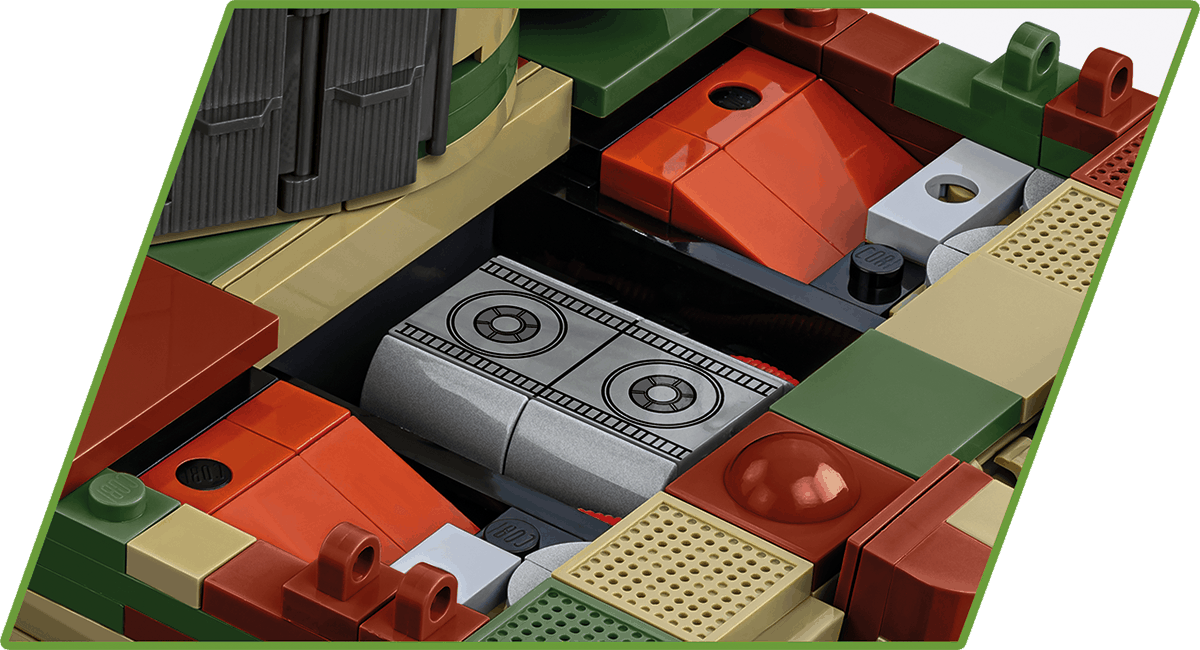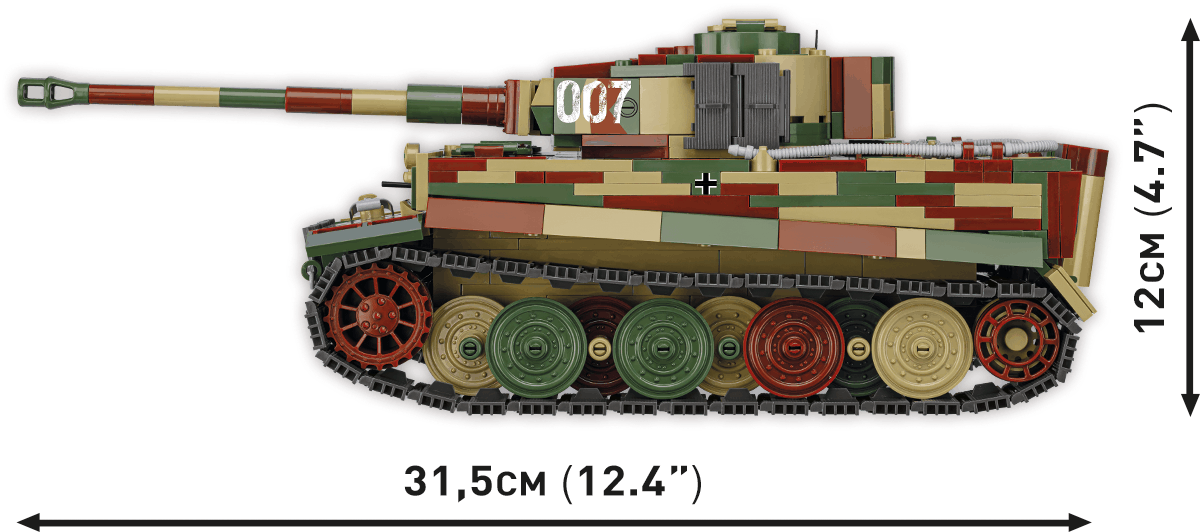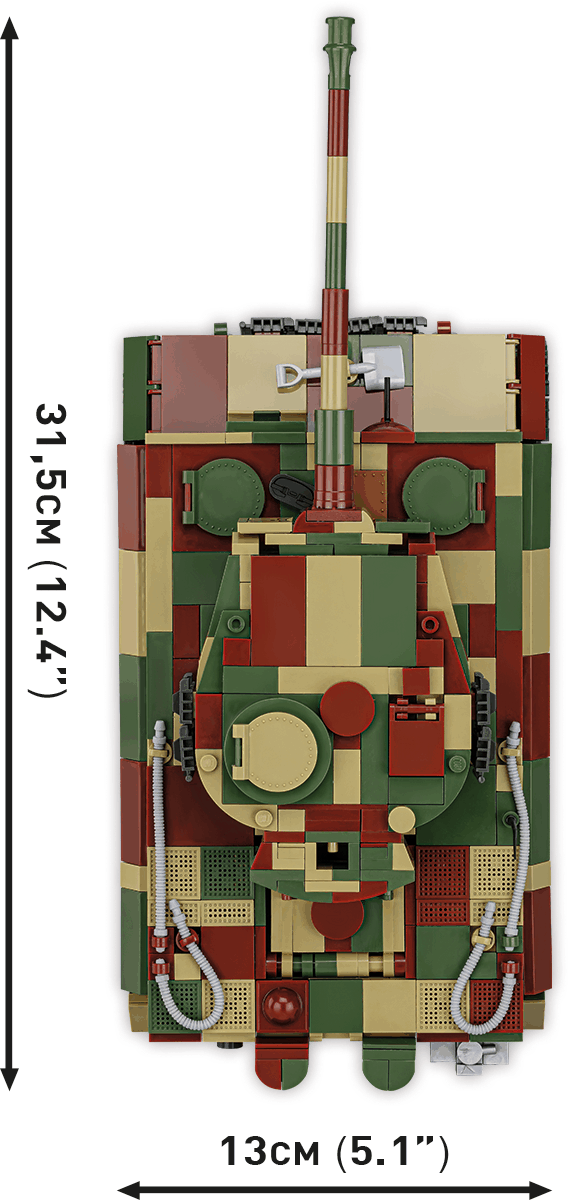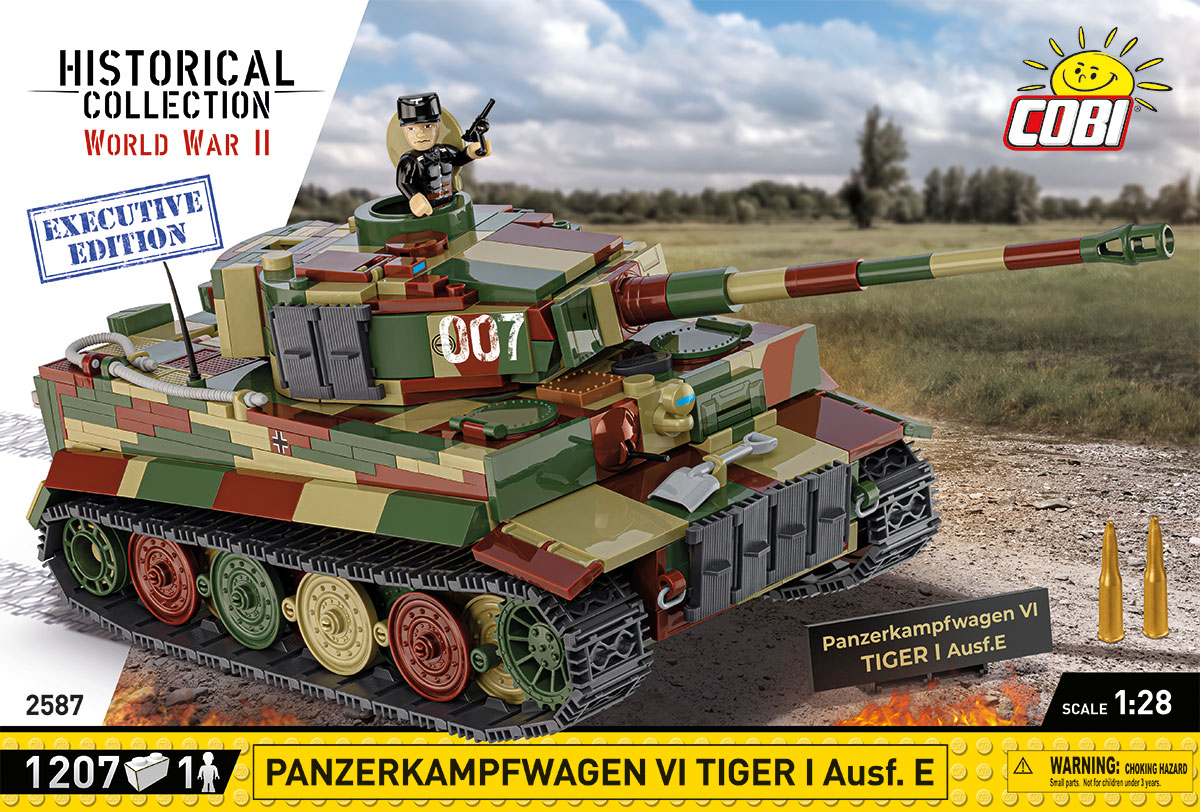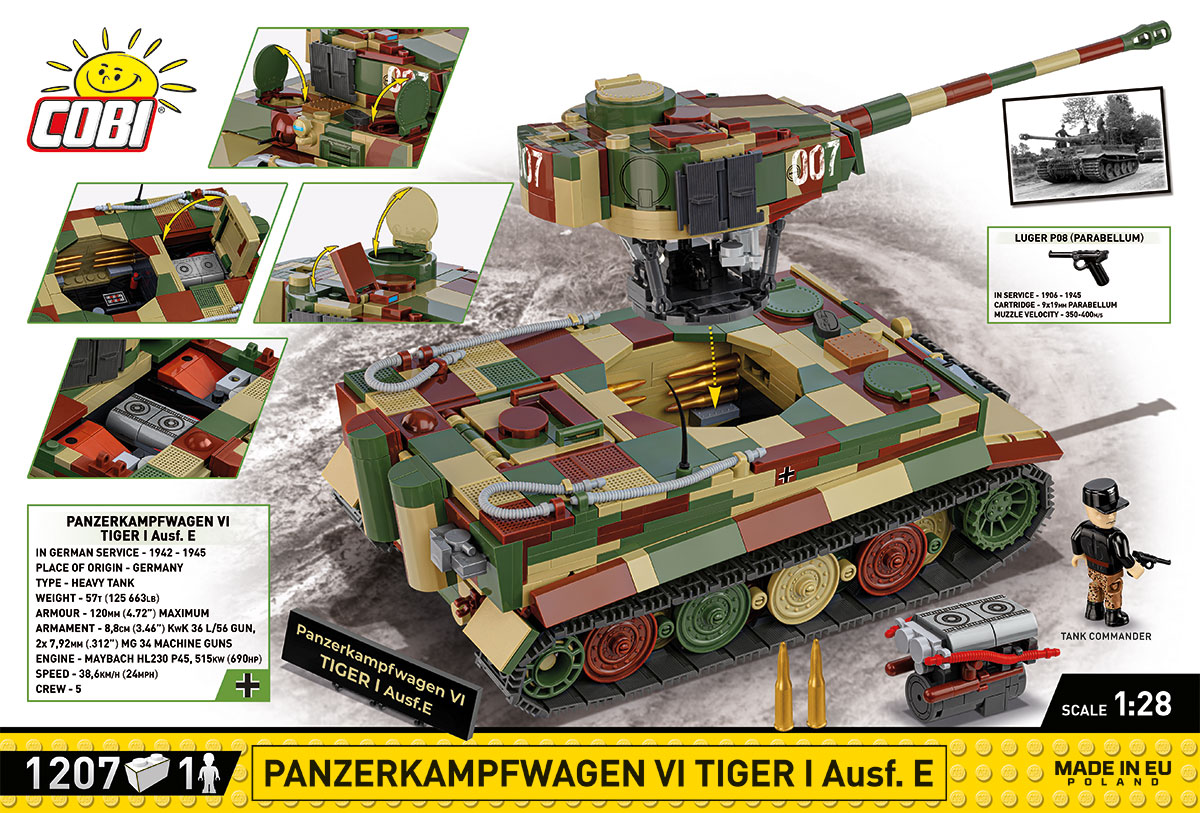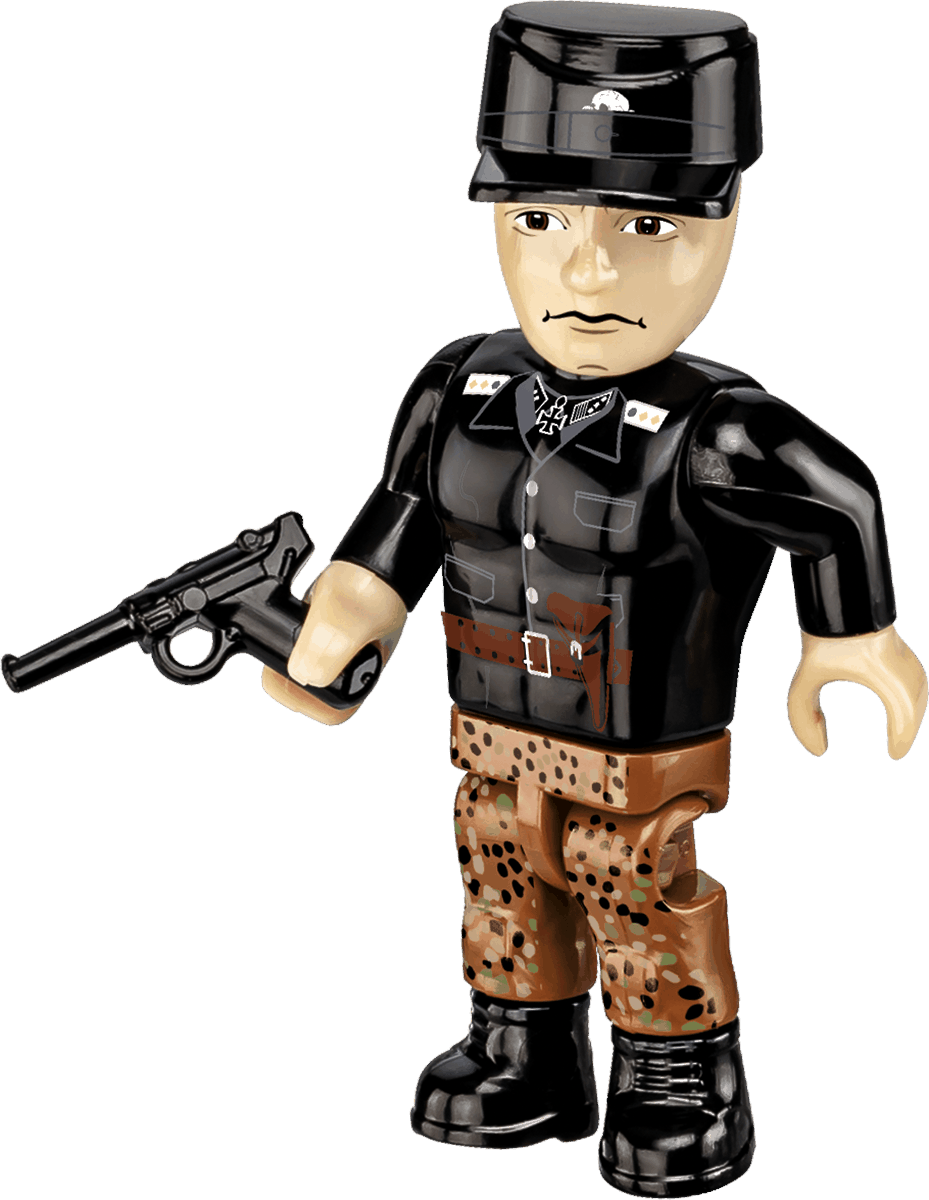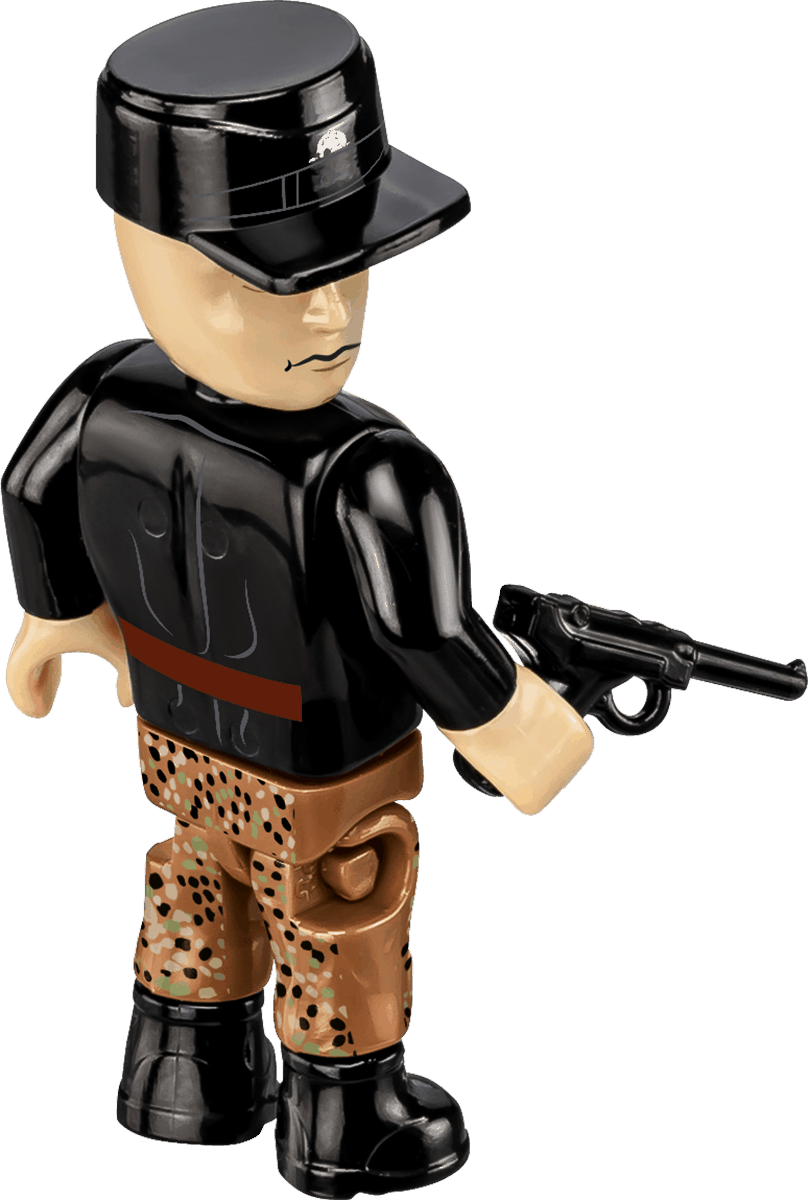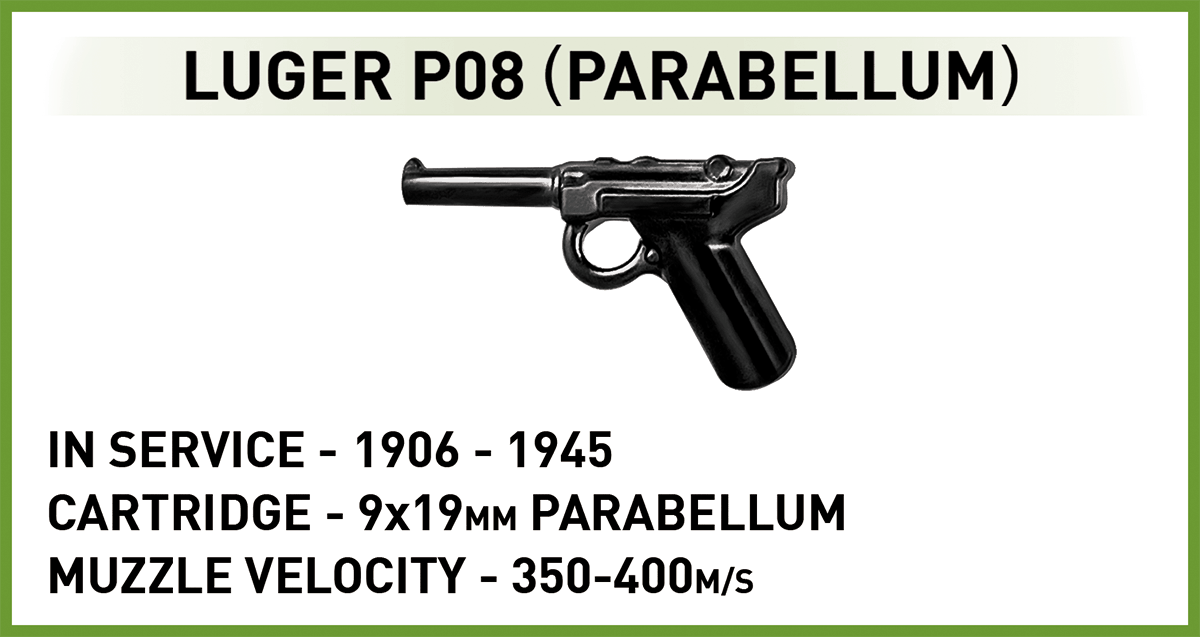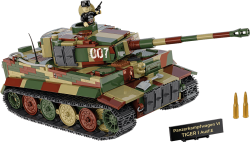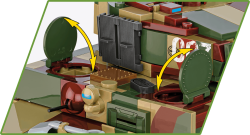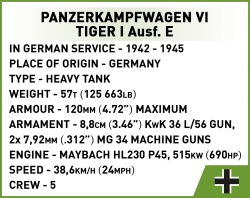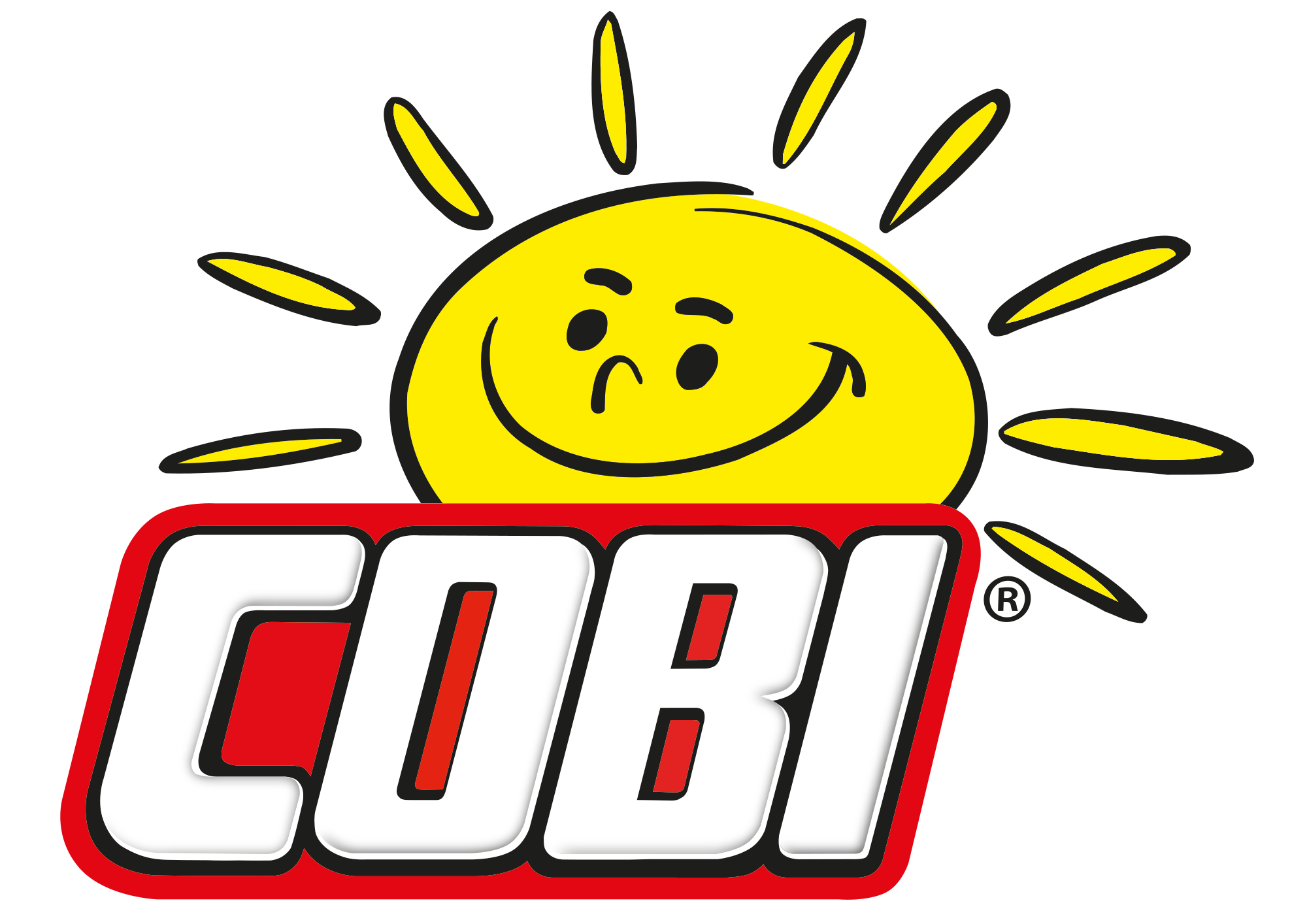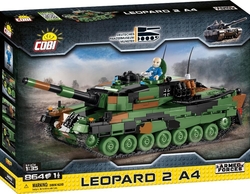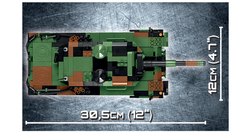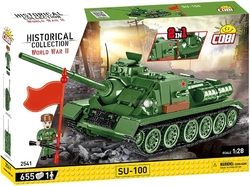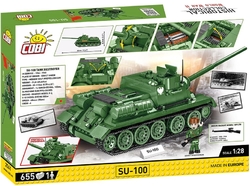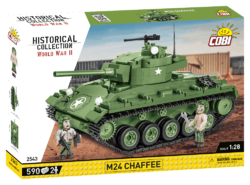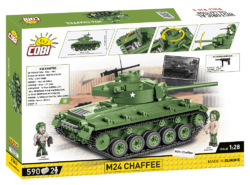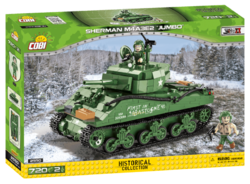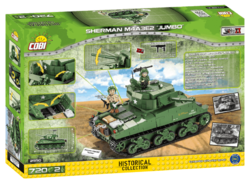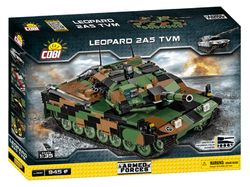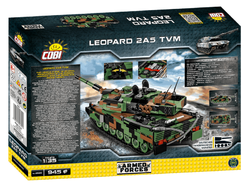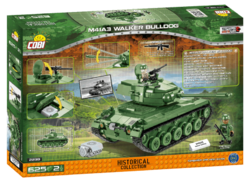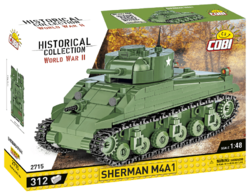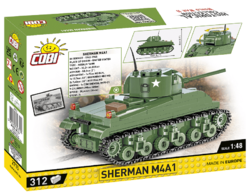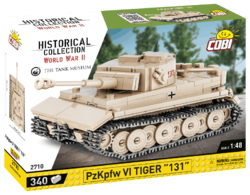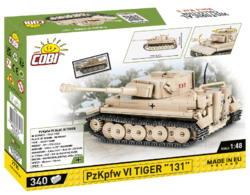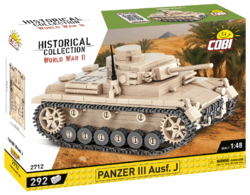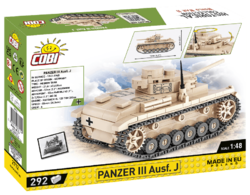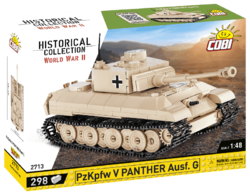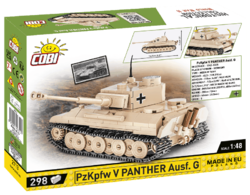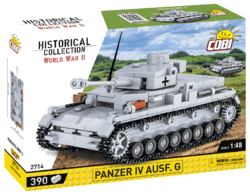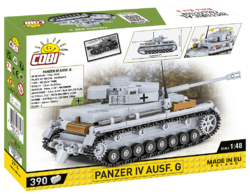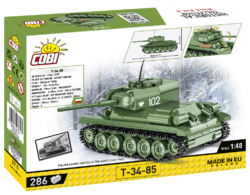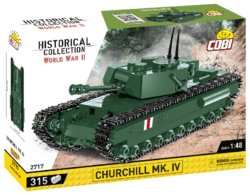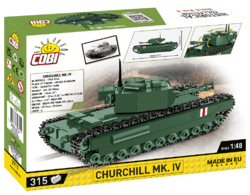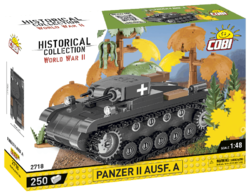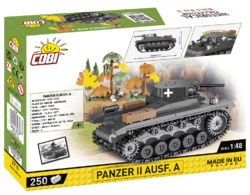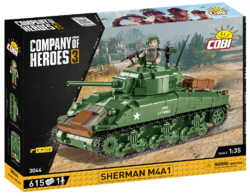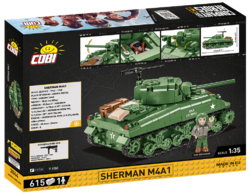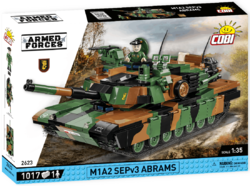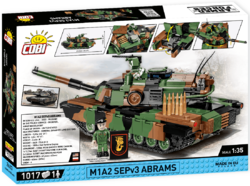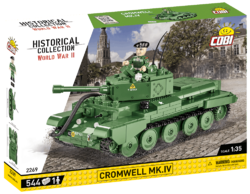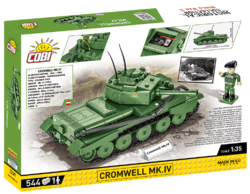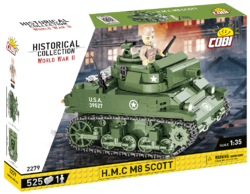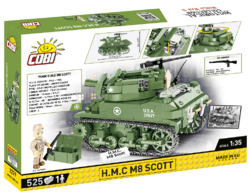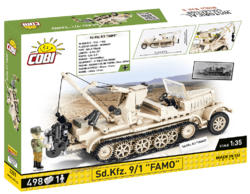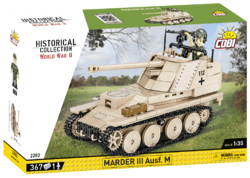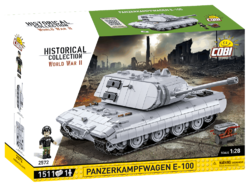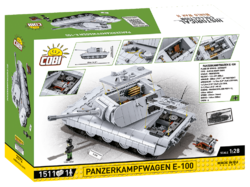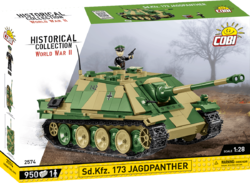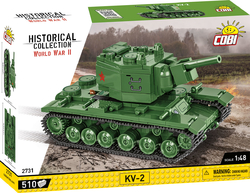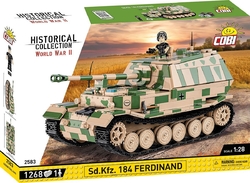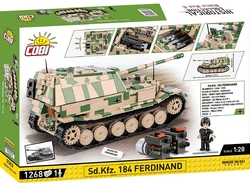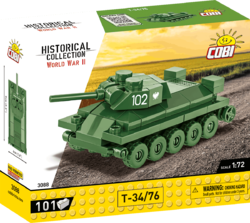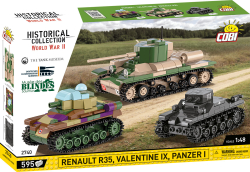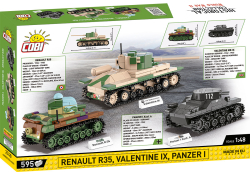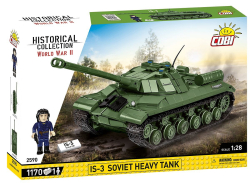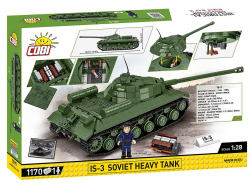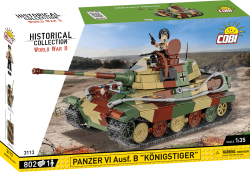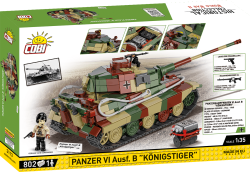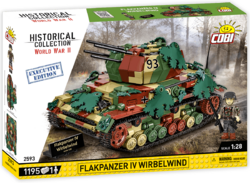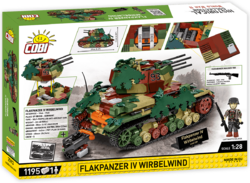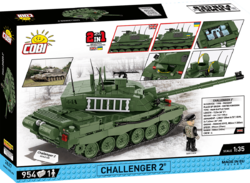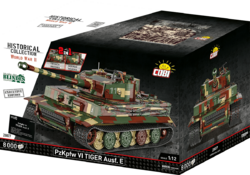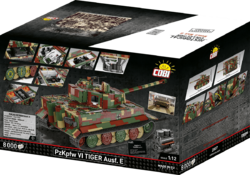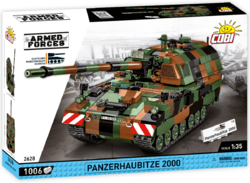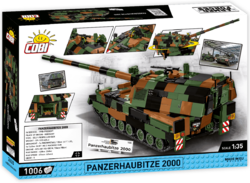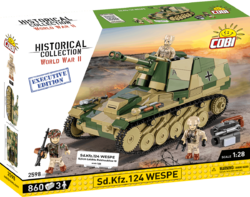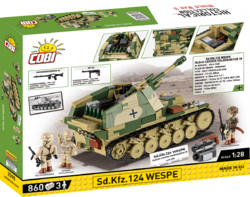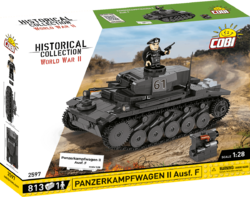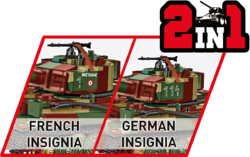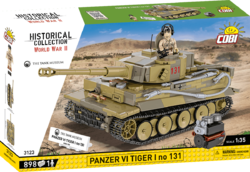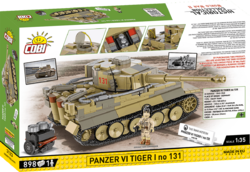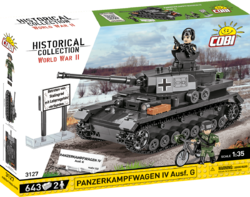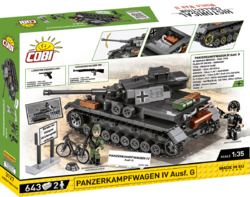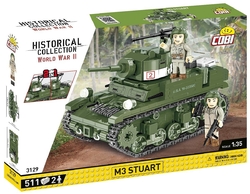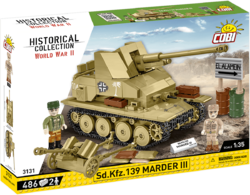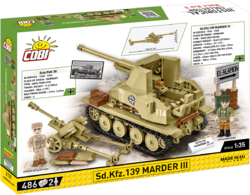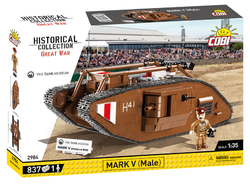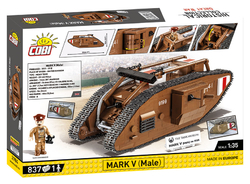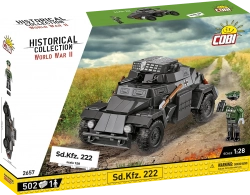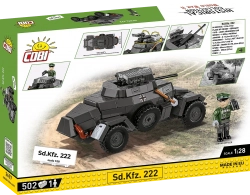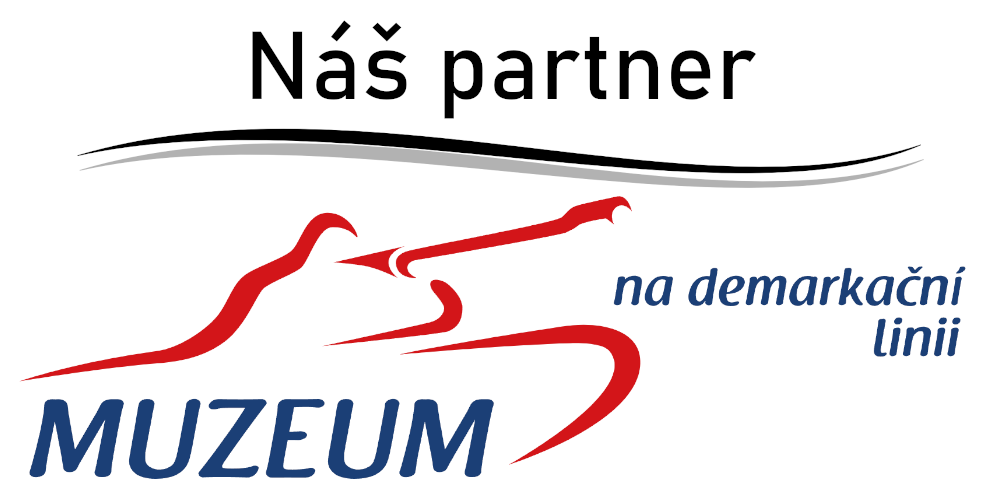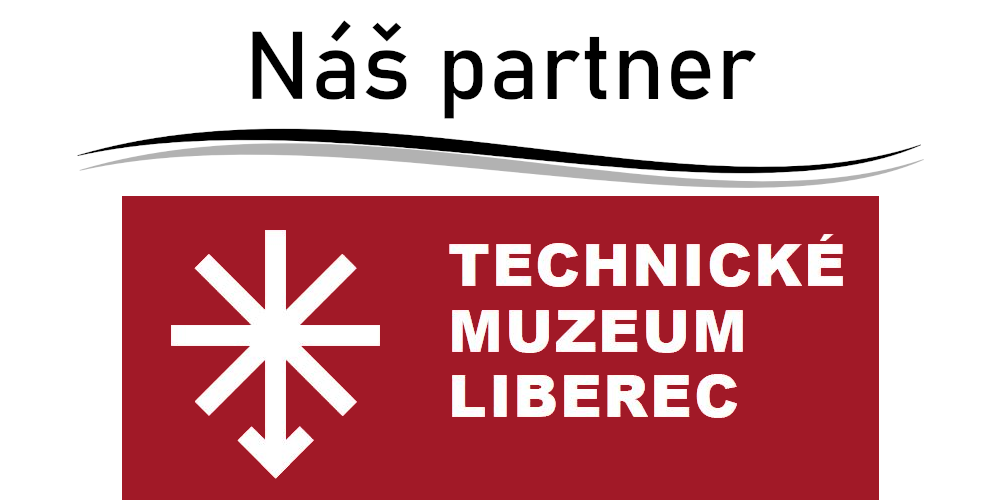Kit of the model of the famous German tank TIGER I registration number 007 in field camouflage. The assembled model has a rotating turret, adjustable gun sight, opening hatch hatches and a Maybach engine stored under the rear cover. The engine can be removed from the tank and displayed separately. The freely inserted tank tower can be lifted to make the interior of the tank accessible. The tank tracks are functional and the model can be easily driven on a non-slip surface. Included in the Executive Edition package is a figure of the legendary tank ace Michael Wittmann armed with a Luger pistol and a cube with a description.
Show more
0 %
(0 Ranking)
2 096 Kč
pcs
Add to Cart
In stock - ready to ship (2 pcs)
| List Number: | COBI-2587 |
| EAN: | 5902251025878 |
| Warranty: | 24 months |
| Manufacturer: | COBI |
| Loyalty Points: | 15 |
| Price excluding VAT: | 1 732,09 Kč |
Description
Parametres
Files and Links
Discussion
Reviews

You know that: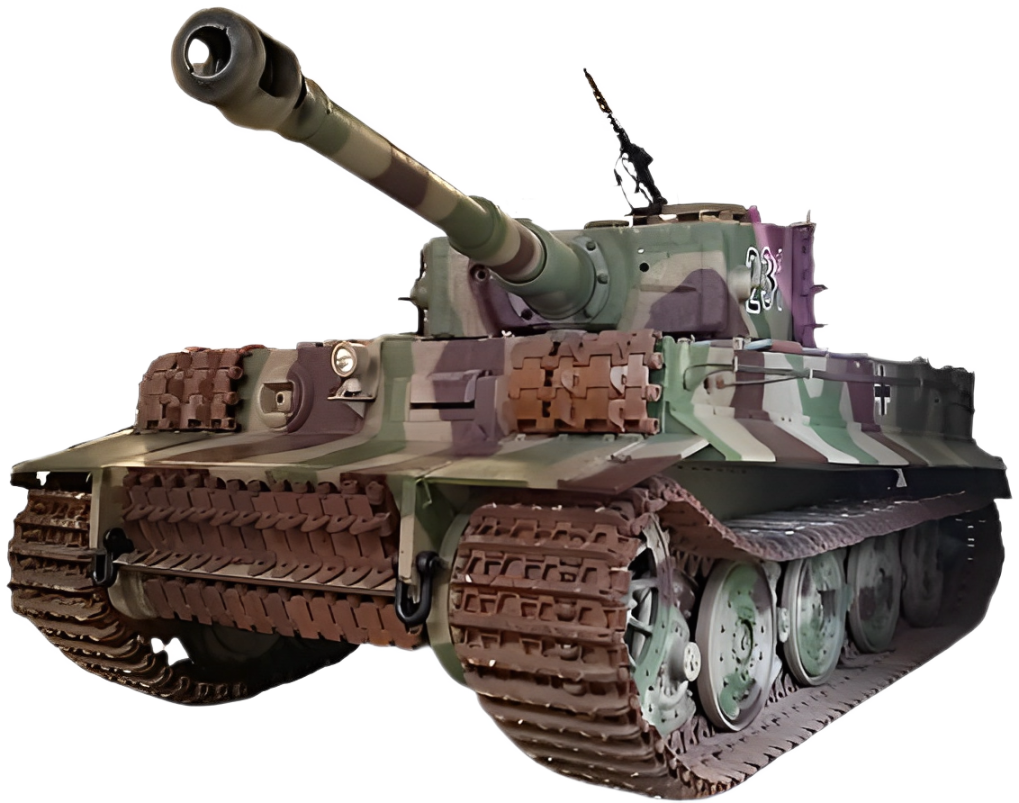
- The development of the famous tank began in 1937 when Henschel worked on a prototype designated VK 65.
- Four years later, however, an incident occurred that brought work on the VK 65 prototype to an immediate halt. In late November 1941, German designers got their hands on an intact captured Soviet T-34 tank. The engineers and military leaders present were horrified. Work on the VK 65 prototype was immediately terminated and Henschel and Porsche were tasked with preparing a tank to match the Russian threat.
- The first dynamic examples were shown to Hitler at the tank yard in April 1942 and the German leader immediately decided to start their production.
- The Henschel prototype was chosen as the more suitable one, but F. Porsche had not counted on it. He was confident enough to start mass production before the winner was decided, leaving 95 tanks in the Porsche factories.
- According to some accounts, Ferdinad Porsche was so angered by the decision that he "screamed" at the assembled management for almost four hours, completely destroying the office equipment.
- Against this backdrop, the legendary Tiger I tank was created, which in its time surpassed everything it could encounter on the battlefield.
- Massive armour, enormous firepower, accuracy and range of fire made the German tank a formidable opponent.
- The tank also had several not insignificant disadvantages. The complex design was difficult to maintain and not everything was repairable in field workshops. In bad weather, misaligned running wheels were a major problem. If, for example, mud got between the wheels, the machine was immobilised.
- The Tiger also had a slower turret rotation which the Allies later learned to exploit.
- Fuel consumption was also hard to believe. Captured German tankers reported that a 567 litre fuel tank was barely enough for 2.5 hours of driving.
- The crew of the tank Tiger I with the registration number 007 was commanded as a tank ace by Michael Wittmann, who was responsible for the destruction of 138 Allied tanks, 132 anti-tank guns and 118 armoured vehicles.
- The combat mission in tank 007 eventually became fatal for M. Wittmann near the town of Cintheaux. While driving through open terrain, he was hit from a short distance of only 149 meters by a Canadian Sherman hidden behind a stone wall.
- In total, about 1,347 units were produced in various versions.
Technical parameters:
- dimensions: length 8.45 m (with cannon), width 3.56 m, height 3 m
- weight 57,000 kg
- armor 100 mm chassis and 120 mm tank turret
- drive unit Maybach HL 230 12-cylinder gasoline engine with a power of 515 kW
- maximum speed on the road 40 km/h
- maximum speed in terrain 20 km/h
- number of gears 8 forward and 4 reverse
- fuel tank volume 567 liters
- 110 km off-road range
- main gun KwK 36 L/56 caliber 88 mm (92 rounds)
- secondary weapon 2x 7.92 mm MG 34 machine gun (4,800 rounds)
- crew 5
General G. S. Patton about the Tiger I tank:
"The Tiger is probably the best tank in the world, but there are so few of them that I can send a fighter-bomber to destroy every single one. That's how it's done, gentlemen."
Assembly Instructions
| Version (series) | 04/2024 |
|---|---|
| Number of figurines | 1 pcs |
| Number of pieces | 1330 pcs |
| Package weight | 1335 g |
| Dimensions after assembly | 31,5 x 13 x 12 cm |
| Box dimensions | 45 x 30,5 x 7 cm |
| Recommended age | 9+ |
| Contains luminous blocks | No |
| Compatible with other brand of kits | No |
| Material | Plastic |
| Collection | World War II |
Discussion is empty.
There is no review for product yet
Other categories
Related Items
Last viewed products
You might be interested









